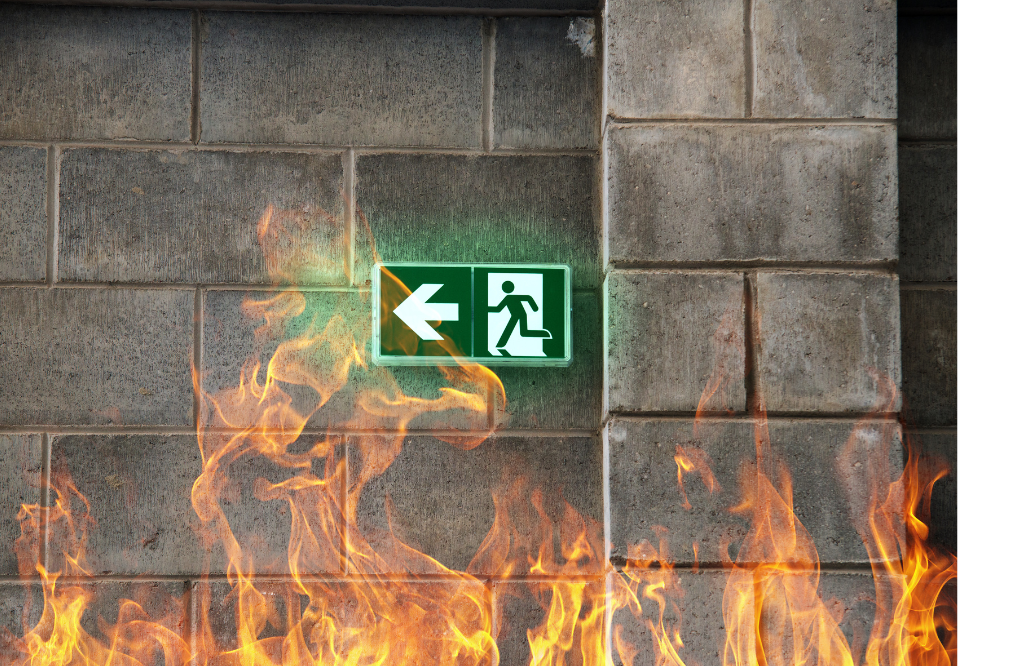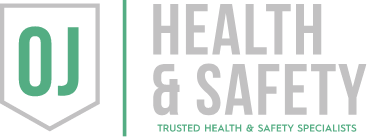As a Fire Risk Assessor, I’ve seen it all—from minor mishaps to life-threatening situations. And one thing I can tell you for certain: there are plenty of fire safety myths that can put you at serious risk. In this blog, I want to debunk some of these common misconceptions and share a few tips to help you get properly prepared, whether you’re a homeowner, employer, or just someone who wants to stay safe.
Myth 1: “Fire risk assessments are only for large companies.”
I think this is one of the biggest fire safety myths I come across in my work. Many people believe that fire risk assessments are only required for businesses with hundreds of employees. But that’s not the case! Fire risk assessments are crucial for any building or workplace, regardless of size. In fact, even small offices or homes need to be regularly assessed for fire safety. As an employer, you are legally required to carry out these assessments to ensure everyone’s safety. Ignoring this could expose you to serious danger.
Myth 2: “Fire drills are just a formality. They aren’t that important.”
In my experience, I’ve previously seen workplaces skip fire drills or treat them as a formality. But fire drills aren’t just for show—they’re essential for prevention. Knowing exactly what to do in case of a fire could save lives. It’s about getting familiar with escape routes, learning how to stay calm in an emergency, and understanding where fire extinguishers are located. I would recommend that you schedule regular drills and treat them as a vital part of your workplace safety plan.
Myth 3: “Fire extinguishers can be used for any type of fire.”
These are more fire safety myths I frequently come across. Not all fire extinguishers are created equal! You need to use the right type of fire extinguisher for the specific fire you’re dealing with. For example, water extinguishers can’t be used for electrical fires—they will only make things worse. I think it’s vital for everyone to know which fire extinguisher works for what. A good tip here is to have different types of fire extinguishers in your workplace, clearly marked and easily accessible.
Myth 4: “Sprinklers are all you need for fire protection.”
While sprinklers are an important part of a fire prevention strategy, they’re not a cure-all. Relying solely on sprinklers and neglecting other fire safety measures is a huge mistake. I’ve seen some companies skip fire risk assessments because they think sprinklers are enough. But sprinklers can’t stop fires from starting, and they can’t help you evacuate safely. They’re only one part of a much larger fire safety plan, which should include things like proper training, fire exits, and a clear evacuation strategy.
Myth 5: “Fires won’t happen to me.”
I understand why people might feel that way, but I have to say, danger is often lurking in the most unexpected places. Fires can start at any time, and many of them could have been prevented with the right measures in place. I’ve seen businesses that thought they were immune to fire risks only to experience catastrophic damage when a fire broke out. You should never assume that a fire will never happen. Fire prevention is about taking proactive steps every day to make sure you’re ready for anything.
Myth 6: “As long as I have a smoke alarm, I’m safe.”
Don’t get me wrong—smoke alarms are crucial! But having one smoke alarm in a large building isn’t enough. I would recommend installing multiple alarms in key areas to ensure maximum safety. It’s also important to test them regularly to make sure they’re in working order. In my opinion, you also need to have a clear evacuation plan in place and practice it frequently. Smoke alarms won’t help if no one knows what to do when they go off.
Myth 7: “Fire safety training is only needed for managers or supervisors.”
One of the most common misunderstandings I come across is that fire safety training is only necessary for those in managerial roles. However, workplace safety applies to everyone—employees, managers, and even visitors. I would recommend that every person in your organisation undergoes some level of fire safety training. This ensures that everyone is aware of the risks and knows what to do in an emergency. It’s not just a legal requirement; it’s an essential part of keeping everyone safe.
Myth 8: “A fire won’t spread quickly.”
It’s easy to assume that you’ll have time to react in the event of a fire, but the truth is, fires can spread much faster than you think. I’ve seen fires engulf entire buildings in a matter of minutes. This is why fire risk assessments are so important. They help you identify risks and minimise the chances of a fire spreading. I think it’s crucial to have fire-resistant materials in key areas of your building and to regularly review your fire safety plan.
Myth 9: “Fire alarms can be silenced if they go off accidentally.”
While it might seem like a good idea to silence a fire alarm, this can be a dangerous move. If you silence the alarm, it could give you a false sense of security, which might delay your response in case of a real fire. I’ve seen cases where people silenced alarms and were caught off guard when a fire did break out. My advice: Never ignore a fire alarm, even if you think it’s a false alarm.
Myth 10: “Fire safety is expensive and unnecessary.”
I’ve heard some people argue that fire safety measures are an unnecessary expense. However, the cost of not investing in fire safety is far greater. A fire can cause significant damage to property, disrupt business operations, and, most importantly, endanger lives. Fire risk assessments and safety measures are an investment in the protection of your business and your employees. It’s a small price to pay when you consider the potential costs of not being prepared.
Conclusion
I hope this blog has helped you realise that fire safety is far more complex than many people think. Prevention, awareness, and regular fire risk assessments are key to ensuring the safety of your home or workplace. As an employer, you have a responsibility to protect your staff, and as an individual, you should always be ready for an emergency.
So, don’t fall for these fire safety myths. Get prepared, stay informed, and always take fire safety seriously.
Feel free to reach out if you’d like to discuss your fire risk assessment needs or have any questions. Remember, it’s always better to be safe than sorry!

